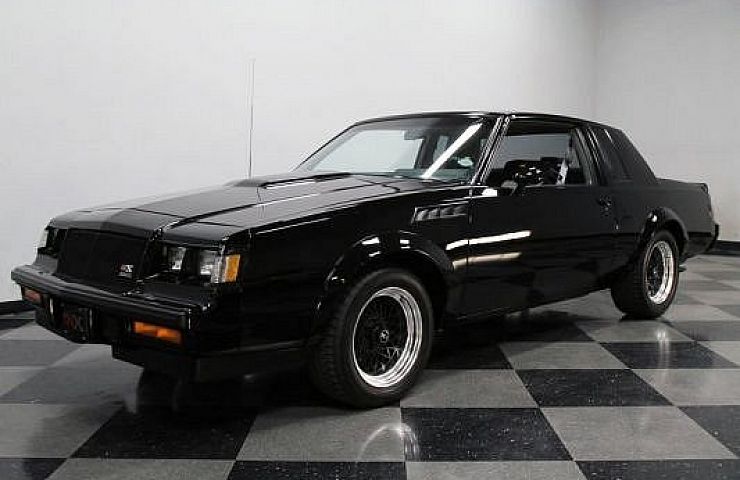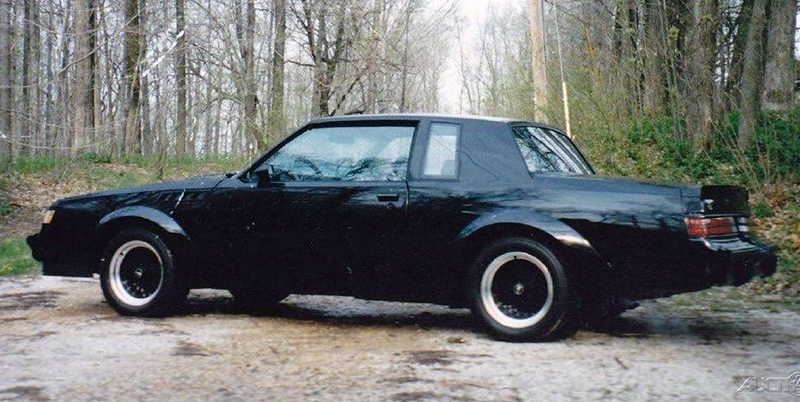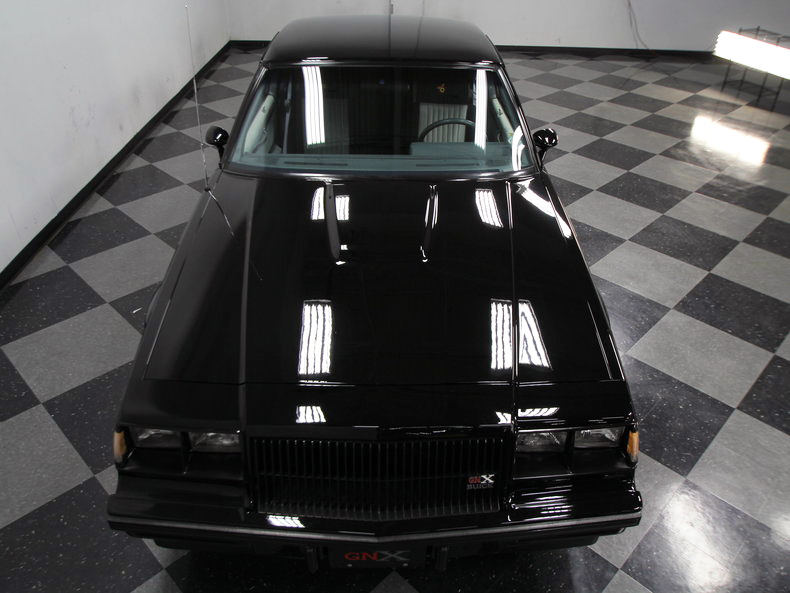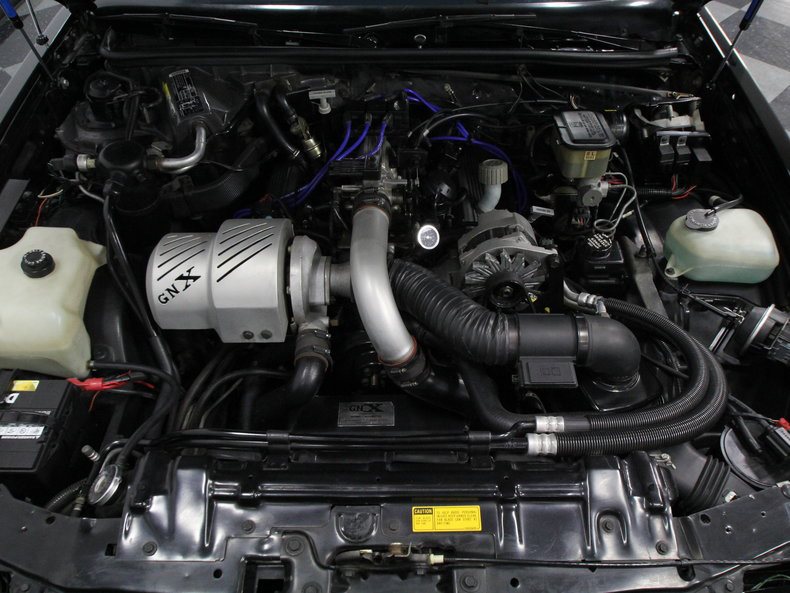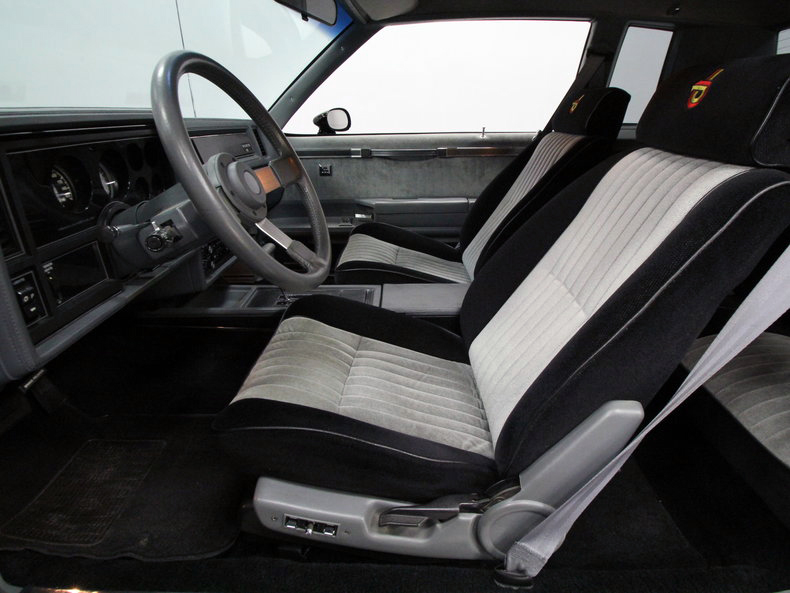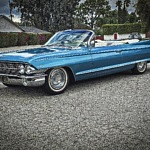The muscle car era was defined by the notion that big-displacement V-8 engines were the key to high performance. But in the mid-1980s, Buick shook things up when it unleashed the turbocharged V-6-powered Grand National and range-topping GNX.
The emergence of these models made the motoring world question the dominance of Detroit’s finest eight-cylinder hardware of the day. A generation later, examples like this all-original ’87 GNX listed on eBay years ago have become sought-after collectibles—much loved for their unique design and undeniable visual presence.
Buick began its foray into forced induction in 1978, when it took the unassuming Regal coupe and installed a turbocharger on its 3.8-liter V-6. Due to technological limitations of the day, as well as smog restrictions, the motor only made 165 horsepower in its most potent form. But Buick’s engineers continued to pursue the venture.
After Buick took home the NASCAR Winston Cup Series manufacturer’s title in 1981 and again 1982, the company launched a limited-edition version of the Regal dubbed the Grand National in 1982. Although it was initially equipped with an anemic 4.1-liter naturally aspirated V-6 that offered a mere 125 horsepower, it boasted a performance-tuned suspension and a sporty appearance.
The Grand National would sit out the 1983 model year so engineers could whip the car into shape. In 1984, Buick unveiled its latest interpretation of the coupe. Powered by that 3.8-liter turbocharged V-6—and making a more respectable 200 horsepower and 300 pound-feet of torque—the car received an extensive visual rework that resulted in its iconic Darth Vader black paint, trim, and wheel treatment.
The Grand National continued mostly unchanged for the 1985 model year. In 1986, the Grand National got a performance bump to 235 horsepower and 330 pound-feet of torque—which would be raised again in 1987 to 245 ponies and 355 pound-feet of torque. At that point, the Grand National was boasting enough performance to put V-8-powered performance models, like Ford’s Mustang GT and even the Chevrolet Corvette, on notice. With production of the G-body platform that underpinned the Grand National scheduled to end in 1987, Buick wanted its special model to go out with a bang.
The result was the Grand National Experimental, or GNX. From the outset of the GNX project, Buick knew this would be a limited edition collector’s car, and designed it as the “Grand National to end all Grand Nationals.”
To get even more from that turbocharged V-6, Buick teamed up with McLaren Performance Technologies to crank the 3.8-liter’s output to 300 horsepower and 400 pound-feet of torque. That proved to be enough to get the GNX to 60 miles per hour from a standstill in 5.5 seconds. Along with a beefed-up transmission to handle the additional power, the GNX received unique badging, a set of BBS wheels, VR-rated Goodyear tires, and uniquely-tuned rear suspension to put the power to the ground during drag strip launches.
A mere 547 examples of the GNX were built in 1987—and as planned, it was the sole year of production. Given its rarity and unique place in performance history, it’s no surprise that the GNX is fetching impressive figures on the second-hand market. With the resurgent interest in turbocharging in recent years, there’s every reason to expect the Grand National and GNX values—and devotion from adoring gearheads—will to continue to rise.
See Buick Direct Replacement Car and Truck Corner Lights for sale on eBay.

